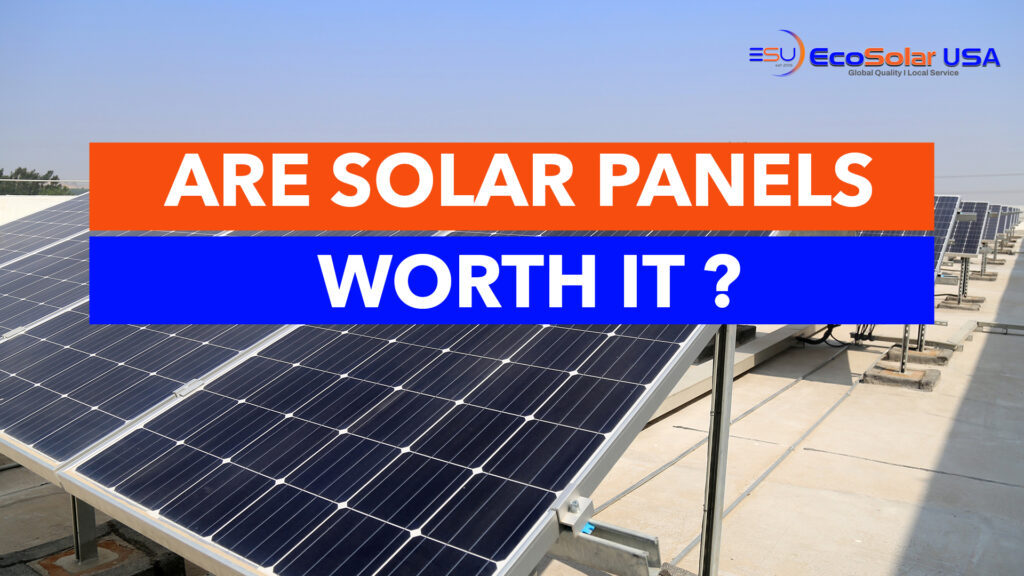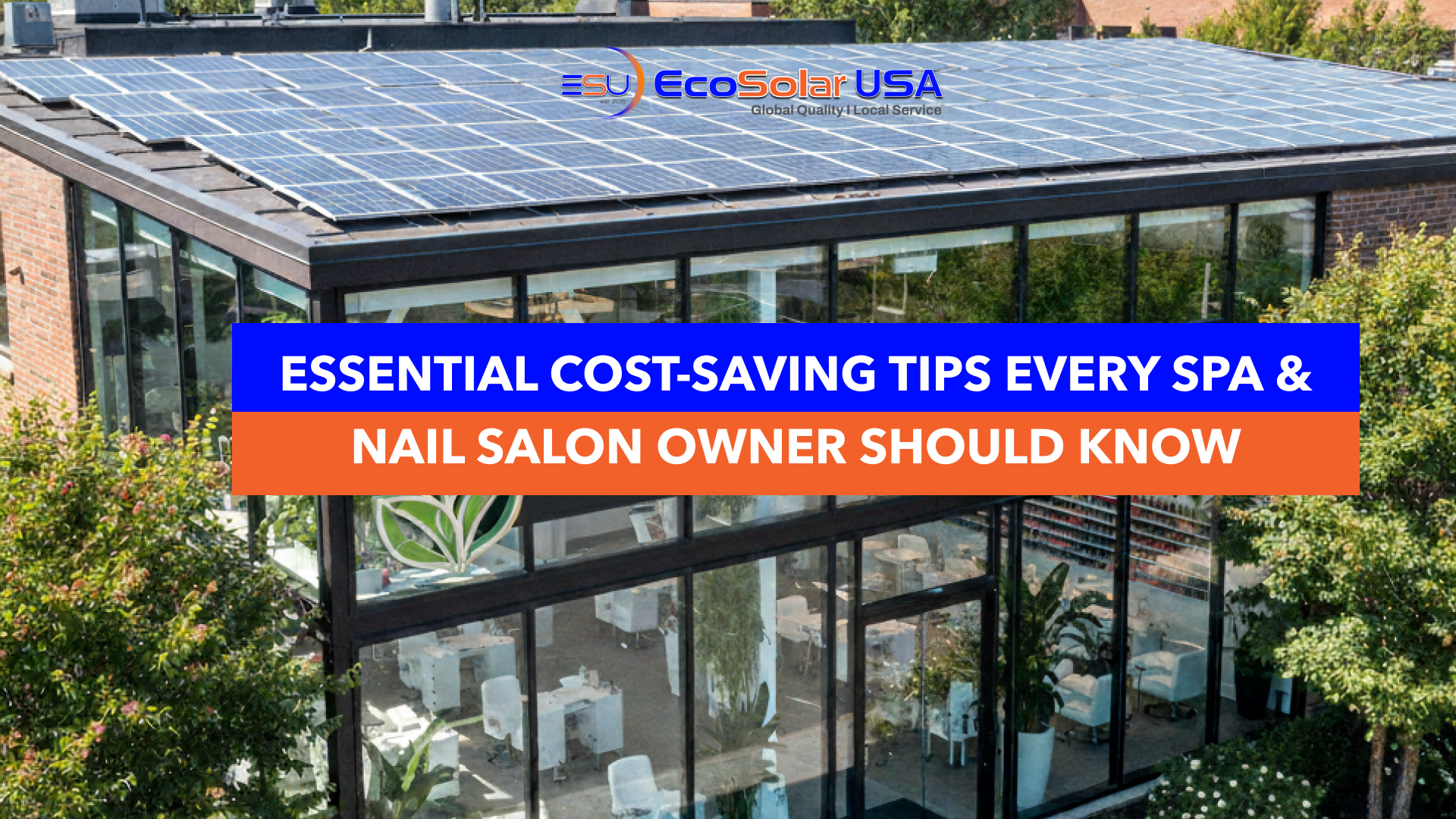
If you’ve been thinking about installing solar panels for your home, you’re not alone. Many families across California and Texas are switching to solar to cut high electric bills and gain energy independence.
Between federal tax credits, state rebates, and long-term savings, going solar has become one of the smartest investments — especially as electricity rates keep rising every year.
What Is Solar Energy & How It Works
Solar energy comes directly from the sun. Solar panels — made of photovoltaic (PV) cells — absorb sunlight and convert it into electricity.
Here’s the simple process of how solar powers your home:
How Solar Works (Step-by-Step)
- Sunlight hits the solar panels on your roof, generating direct current (DC) electricity.
- The inverter converts DC to alternating current (AC) electricity, which powers your home.
- Your electrical panel distributes that energy to lights, appliances, and devices.
- If you produce more power than you use, the excess energy:
- Goes back to the grid for net metering credits, or
- Is stored in your solar battery for later use.
- Goes back to the grid for net metering credits, or
Source: U.S. Department of Energy – How Does Solar Work?
Learn more: Homeowner’s Guide to Going Solar – energy.gov
Rebates and Incentives When Installing Solar
One of the biggest reasons more Vietnamese homeowners are choosing solar is because government and state incentives can help cover a huge portion of installation costs.
Federal Solar Tax Credit (ITC) – Ends After 2025
Currently, homeowners can claim a 30% Solar Investment Tax Credit (ITC) for solar systems installed and operational by December 31, 2025.
That means a $20,000 solar system earns a $6,000 federal tax credit.
However, the “One Big Beautiful Bill” (H.R. 1) passed by Congress in mid-2025 has accelerated the phase-out of the 30% tax credit.
If you wait beyond 2025, you may only receive a reduced or no tax credit.
📖 Learn more:
- EnergySage: Congress Passes Bill Ending Residential Solar Tax Credit
- SEIA: Clean Energy Provisions in the ‘One Big Beautiful Bill’
- SolarInsure: Final Changes to Solar Tax Credit from H.R. 1
So if you plan to install solar, 2025 is the year to act.
State and Local Incentives
Depending on where you live:
- California: Under NEM 3.0, you can sell excess solar power back to the grid for credits.
- Texas: Utilities like Oncor, CPS Energy, and Austin Energy offer rebates and solar buyback programs.
- Many states offer property tax exemptions for solar-equipped homes.
⚡ Electric Bill Before and After Solar
| Location | Average Monthly Bill (Before Solar) | After Solar (Estimated) | Yearly Savings |
| California | $180 – $250 | $20 – $40 | $1,800 – $2,400 |
| Texas | $150 – $200 | $15 – $35 | $1,500 – $2,000 |
Many Vietnamese homeowners report reducing bills by 80–90%, depending on system size and roof direction.
Breakeven Point When Going Solar
The breakeven point (or payback period) is when your solar savings equal your initial investment.
For most households:
- In California: ~5–7 years
- In Texas: ~6–8 years
After that, you enjoy free, renewable power for the rest of your system’s 25–30 year lifespan.
🔍 How to Calculate Your Solar Savings
Here’s a quick example from EcoFlow’s Solar Worth Guide:
Step 1 – Estimate Your Solar Power Production:
Formula:
System size (kW) × Sun hours × 365 × 0.75
Example:
5 kW × 4 sun hours × 365 × 0.75 = 5,475 kWh/year
Step 2 – Estimate Your Annual Savings:
Formula:
Annual kWh × Electricity rate
At $0.17/kWh:
5,475 × 0.17 = $930/year
Step 3 – Net System Cost (After Incentives):
| Item | Cost |
| System cost | $20,000 |
| 30% tax credit | −$6,000 |
| Net cost | $14,000 |
Step 4 – Breakeven Point:
Formula:
$14,000 ÷ $2,000 = ~7 years**
After 7 years, your panels produce free electricity for decades.
Average Annual Solar Savings by System Size
| System Size | Annual Production (kWh) | Est. Annual Savings | Battery-Backed Savings |
| 3 kW | 3,285 | $320 – $400 | $550 – $600 |
| 5 kW | 5,475 | $550 – $650 | $900 – $1,000 |
| 10 kW | 10,950 | $1,100 – $1,300 | $1,800 – $2,000 |
| 15 kW | 16,425 | $1,650 – $1,950 | $2,700 – $3,000 |
| 20 kW | 21,900 | $2,200 – $2,600 | $3,600 – $4,000 |
💡 Tip: To size your system, divide your annual electricity usage (kWh) by 1,300–1,500.
A Solar Battery Adds Security and More Savings
Adding a battery system (like Tesla Powerwall or Enphase IQ Battery) lets you:
- Store extra solar energy for night use
- Keep lights on during power outages
- Avoid expensive “peak-hour” rates
- Use more of your own solar energy (higher ROI)
While it increases upfront cost, it adds resilience — especially important for families with kids or elderly members.
Find the Right Solar Installer
Choose a company that:
- Has 10+ years of experience serving local communities
- Uses premium brands (Tesla, Enphase, Maxeon)
- Offers transparent pricing and strong warranties
- Understands the Vietnamese community’s values of saving and reliability
With over a decade of trusted service, Eco Solar USA proudly helps Vietnamese-American families in California and Texas switch to solar with confidence.
Ready to Go Solar? Don’t Wait — Incentives End Soon!
The 30% Federal Solar Tax Credit is scheduled to end after 2025 under the new One Big Beautiful Bill.
By acting now, you can still:
- Claim the full 30% credit
- Qualify for state rebates and buyback programs
- Protect your home from future rate hikes
💬 Contact Eco Solar USA today for a free consultation — we’ll calculate your savings and guide you step-by-step in English or Vietnamese.



